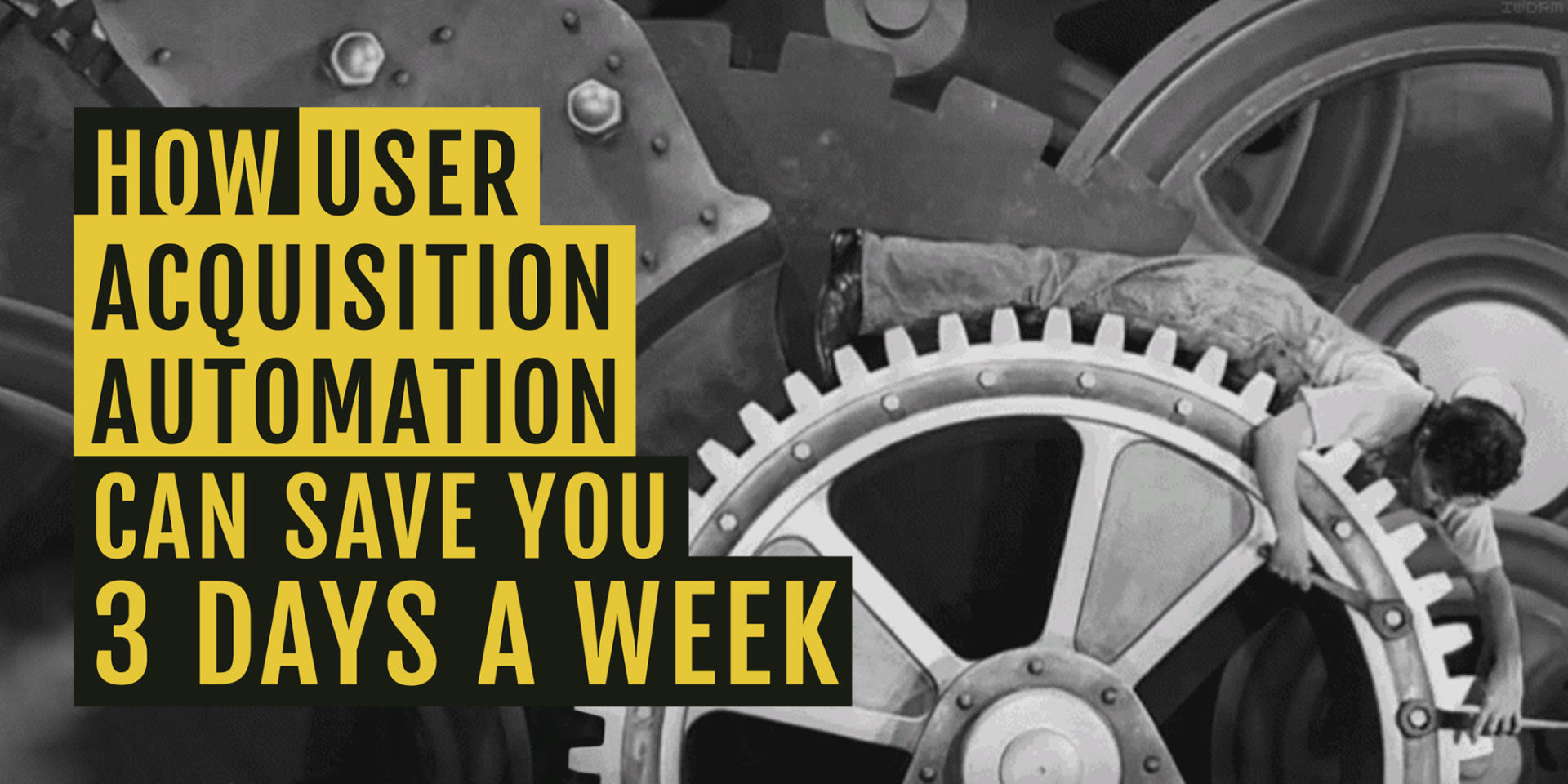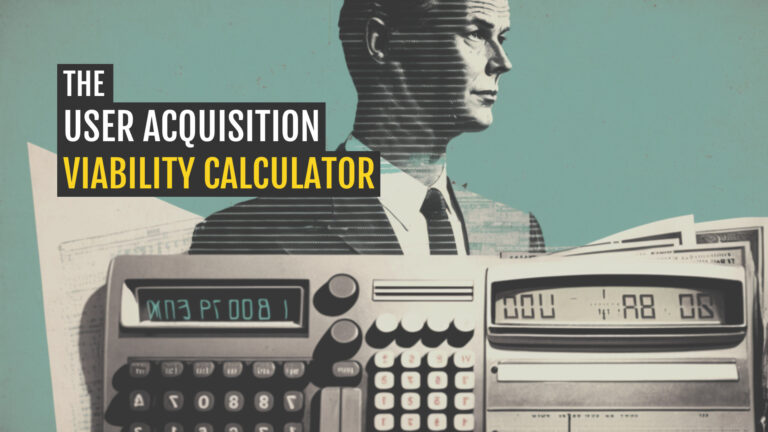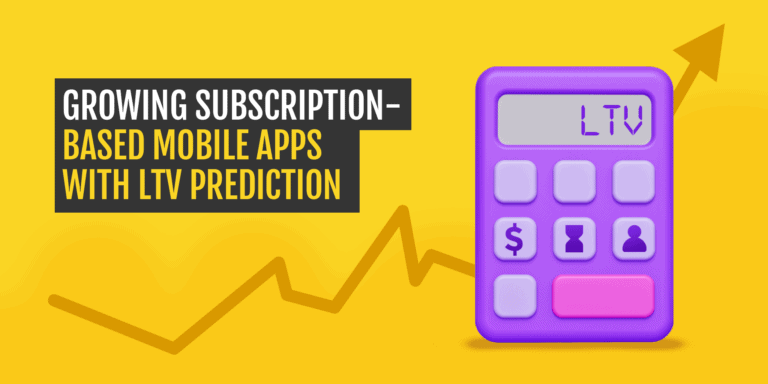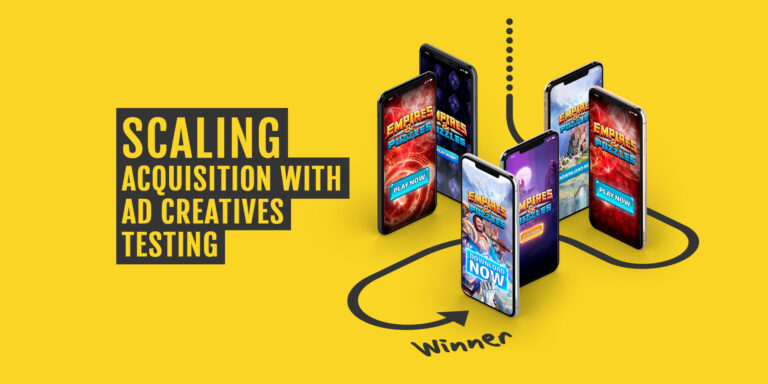To learn more about industry insights and best practices, sign up for the AppAgent newsletter here.
Can you imagine what it must feel like to be the digital marketing director of a popular on-demand delivery app? You’re responsible for running local campaigns in 181 cities across 23 countries. When new locations in LATAM, Eastern Europe and the MENA region are added at a frantic pace of 1.4 a week, how do you stay productive and profitable?
This is the exact situation Jacques Frisch, Digital Marketing Director at Glovo, found himself in when he joined the Spanish company 18 months ago. Jacques soon realized that rapidly increasing headcount wouldn’t be enough to deliver the quantity and quality of work he needed. That’s when he called his old friends from the former price-comparison player Shopzilla. Together, they began to build a marketing automation tool which he believes could transform campaign management and help companies to scale sustainably.
I had the pleasure of talking to Jacques’ colleague Irene Vaquero at the Applause Barcelona 2019 conference. Irene joined the startup as a user-acquisition manager after working for almost four years at Genera Games. Today, her role is significantly different as she focuses on media planning and creative strategy. In her line of work, algorithms already do the heavy lifting – saving 60% of the time she would previously have spent on daunting manual optimization.
What is mobile user acquisition automation in Glovo?
Each new city Glovo launches into dilutes its total budget. Today, the company spends 90% of its marketing budget on mobile advertising. Each new territory adds a new variable to the equation. Managers need to decide how best to distribute this investment to generate the highest returns.
Imagine yourself as the mobile marketing lead at Glovo. You have USD 1m to spend every month on performance marketing across 181 cities, two platforms, and three main ad networks. Cumulatively, that’s 1086 variables to consider when calculating your budget allocation and bidding to achieve the highest returns on your investment! It’s an incredibly complex job.
It’s clear to see why effective manual optimization is almost impossible when dealing with such volumes. At this point, Antony Merlo, a full-stack senior software engineer and Jacques, a friend from Shopzilla, jumped in to save the day.
Anthony, a data scientist and a team at Glovo, developed a custom platform called ‘Logical Data‘ to help. Logic Data sits on top of Singular marketing analytics and automatically changes bids, budgets and campaigns status for the three main ad networks – Facebook, Google, and Apple Search Ads.
According to Glovo, Search Ads is a perfect channel to start to use new tools. It’s ideal because you don’t need in-depth qualitative optimization to get results. Of the three, Facebook is the most complicated to manage. What makes Facebook a challenge isn’t only its sophisticated algorithm but also the impact of creative treatments on campaign performance.
Creatives are a factor which dramatically influences CPI – particularly when considering Glovo CAC.
On Facebook, campaign managers need to fight ad fatigue – the complacency that can emerge when users have seen the same advert multiple times. In some cases, new campaigns won’t even begin if the creative sees a low CTR/relevance score.
All of these factors make automation on Facebook the most challenging among the main user acquisition channels.
How to start building UA automation
A robust data setup is a prerequisite for bidding automation. Peeking under the hood at Glovo, we can see that data from Adjust is aggregated and processed in Singular. The data captured includes click and install timestamps, country, device, OS and post-install events and ad networks (impressions, costs, clicks). Processing this information, the system can calculate the customer-acquisition-cost. In Glovo’s case, this is the cost-per-first-delivery order.
The CAC (learn what CAC is here) is than passed over to a new platform called Logical Data, where it’s paired with LTV predictions (listen how to set up a LTV model and predict the ROI for your app in this record), retention and CAC forecasts. Logical Data then puts these performance predictions against a set of user-defined rules and automatically adjusts bids on the ad networks.
But what are these rules? When the automation project at Glovo started in early 2018, UA managers defined basic rules on how to manually optimize campaigns based on CAC and ROAS goals.
As Jacques stated, an example rule could be: “If my CAC of campaign A is lower than $XX, do increase the budget by X% on a daily/weekly basis, as long as the CAC remains the same, gets lower or increases to maximum $XX.”
Such rules, also named as decision trees, are described in Google Sheets. Every one of the channels mentioned above has different rules and settings that are applied to the network via API.
Eventually, Glovo realized that such rules were too basic to accurately reflect the strength and range of external and internal factors that were influencing the campaign performance. They needed to also consider situational factors, including seasonality, payroll, big TV campaigns and sales promotions.
These factors also needed to be accounted for within their performance management frameworks. For the next iteration, they introduced an additional ‘metric’ to the settings table that allows for simple tweaking of the algorithm by UA managers in case it needs rapid fine-tuning.
How using the automation tool saves a ton of time
The main view in Logical Data shows campaigns, one per line, with main metrics including Installs, Orders, Spend and CAC next to the status of the campaign. Automation rules, which can be edited by users, are shown in detail.
In Logical Data, the UA manager select campaigns they would like to automate. Each campaign includes country and city information in its name, so managers like Irene can pick the ones for specific countries. They can select a minor daily spend level to counter test the automation rules against other GEOs with larger budgets and importance.
During the development, Glovo firstly used the algorithm to analyze past campaign performance and to suggest budget re-allocation. Previously, the UA manager had to push the changes manually to the ad networks through the APIs. Now, this is fully automated. All setting changes are recorded, recorded so that the UA team can easily follow the sequence of changes if they need to. The team has quarterly sessions to review the performance of the new algorithm.
Initially, the algorithm made bidding decisions based on an analysis of the previous seven days of performance data. The new algorithm, currently in development, is called Smooth Bandit – a reference to the budget allocation methodology from the 1950s called Multi-armed Bandit. This more advanced algorithm takes into account data from the past 30 days, better reflecting long-term trends.
Talking trends, in the real world, many factors can influence how campaigns perform. It can be a day of the week, holidays, a significant update of the product or an outdoor campaign. That’s why Irene and other user acquisition managers at Glovo adjust media plans for the next month using a simple Google Sheet. They use an internal coefficient called ‘GAS’, where 1.00 means standard-setting, 1.15 slightly increased push or 0.70 significantly decreases the intensity of campaigns.
GAS is adjusted every week. Besides external influences, it also reflects how the algorithm meets the spending forecasts. It shows whether a change in how the campaigns are set up needs to happen to meet volume targets.
The future of marketing automation
At the end of our interview, Irene acknowledged that there were many pitfalls along the way. If she ever starts building a similar tool again she will keep things simple. She will leverage existing tools, have simple models and ask peers for their advice. She believes that it’s important not to overthink what you do and go for advanced automation only once you have solid foundations.
The next-gen of UA automation lies in its ability to predict the future return on investment at different bidding and spending levels. This means that by analyzing data from a historical period of several months and counting with upcoming trends, the machine can find the sweet spot between the spend and revenue to maximize performance.
Also, the automation of more channels on the top of the three main ones (Facebook, Google, and Apple Search Ads) can save additional time.
If Glovo manages to reach the ambitious goals it has set itself, then Irene and her colleagues might save an additional day of work so that they can spend Monday to Thursday on the lovely beaches of Barcelona. 😎🏖
I want to thank Thomas Petit for the intro to Jacques Frisch, who was open to sharing such a fantastic story with the public. Irene was a fantastic partner for the interview, and we had a great time at Applause, thank you very much for that. Also, Anthony Merlo kindly demoed us Logical Data and allowed AppAgent to give it a try, thanks! I want to thank also to Emma Olivero, Daniel Peris and Miriam Peláez Corominas from the organizing team of the Applause.








